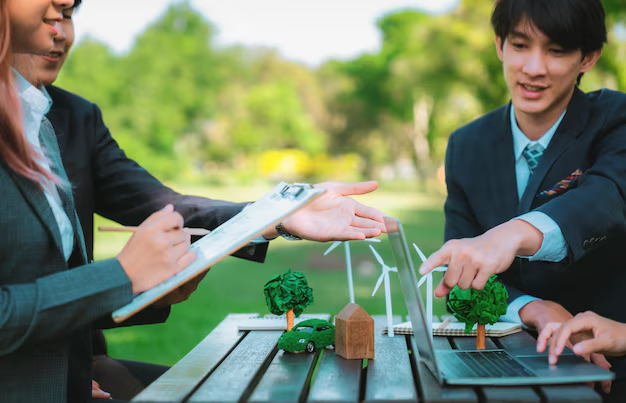Discover the Advantages of Green Homeownership
In recent years, the concept of green homeownership has gained significant momentum, not just for its environmentally friendly benefits but also for its potential to enhance personal finances. Choosing to "go green" with your home can lead to immediate and long-term benefits that extend far beyond reducing your carbon footprint. Whether you're just curious or considering embracing sustainability in your living space, the advantages are compelling.
Energy Savings That Add Up
One of the most attractive aspects of green homeownership is the potential for significant energy savings. Homes designed with energy efficiency in mind use advanced insulation, solar panels, and energy-efficient appliances. These features dramatically reduce electricity and heating bills, allowing homeowners to allocate savings to other priorities.
- Solar Panels: Reduces electricity costs by generating renewable energy.
- Efficient Lighting and Appliances: Lowers utility bills while maintaining comfort and convenience.
Healthier Living Spaces
Green homes often utilize building materials and practices that minimize exposure to harmful chemicals and pollutants. This leads to improved indoor air quality, which is not only better for the environment but also for your health.
- Non-Toxic Materials: Reduce the risk of allergies and respiratory issues.
- Optimal Ventilation Systems: Maintain fresh air circulation for a healthier lifestyle.
Increase in Property Value
Investing in a green home can boost your property's market value. As more buyers become environmentally conscious, homes that feature eco-friendly designs and technologies become more attractive in the real estate market. This can lead to a higher resale value should you decide to move.
- High Demand for Eco-Friendly Homes: Adds desirability and competitive edge in the real estate market.
- Emerging Market Trends: Buyers willing to pay a premium for sustainable features.
Government Incentives and Tax Benefits
Many governments recognize the importance of sustainability and offer incentives to encourage green homeownership. These incentives can make the initial investment more affordable and expedite financial payback.
- Tax Credits and Rebates: Available for installations like solar panels or energy-efficient windows.
- Subsidized Financing: Programs that offer favorable loan terms to support eco-friendly home upgrades.
A Pathway to Financial Assistance Opportunities
Transitioning to green homeownership can also open doors to various financial support programs designed to ease the burden of this initial investment. Here are some options to consider:
- Federal and State Grants: Available for sustainable housing projects.
- Low-Interest Loans: Often offered by governments or financial institutions for energy-efficient upgrades.
- Debt Relief Options: Programs that can help manage costs associated with transitioning to a green home.
Considering these programs not only helps facilitate your journey toward sustainability but might also introduce new ways to optimize your financial planning. For those interested in further financial education, grants and educational programs can provide insights into better managing home finances tied to green improvements.
Here’s a quick list of potential financial aids:
- 💰 Energy-Efficient Mortgage Programs: Assist in financing eco-friendly home upgrades.
- 🎓 Educational Grants: Aid in expanding knowledge about sustainable living.
- 🌐 Government Tax Incentives: Provide credits and rebates for using renewable energy sources and materials.
- 🏠 Green Home Grants: Specific grants for building or renovating using eco-friendly technologies.
Adopting green homeownership isn't just about contributing positively to the environment. It's about creating a healthier living space, reducing utility costs, and possibly increasing your home's market appeal. By taking advantage of government incentives and exploring financial assistance programs, the dream of owning a green home can be both financially viable and immensely rewarding. Consider the broader impact on your finances and beyond—your journey towards sustainable living holds abundant potential.
